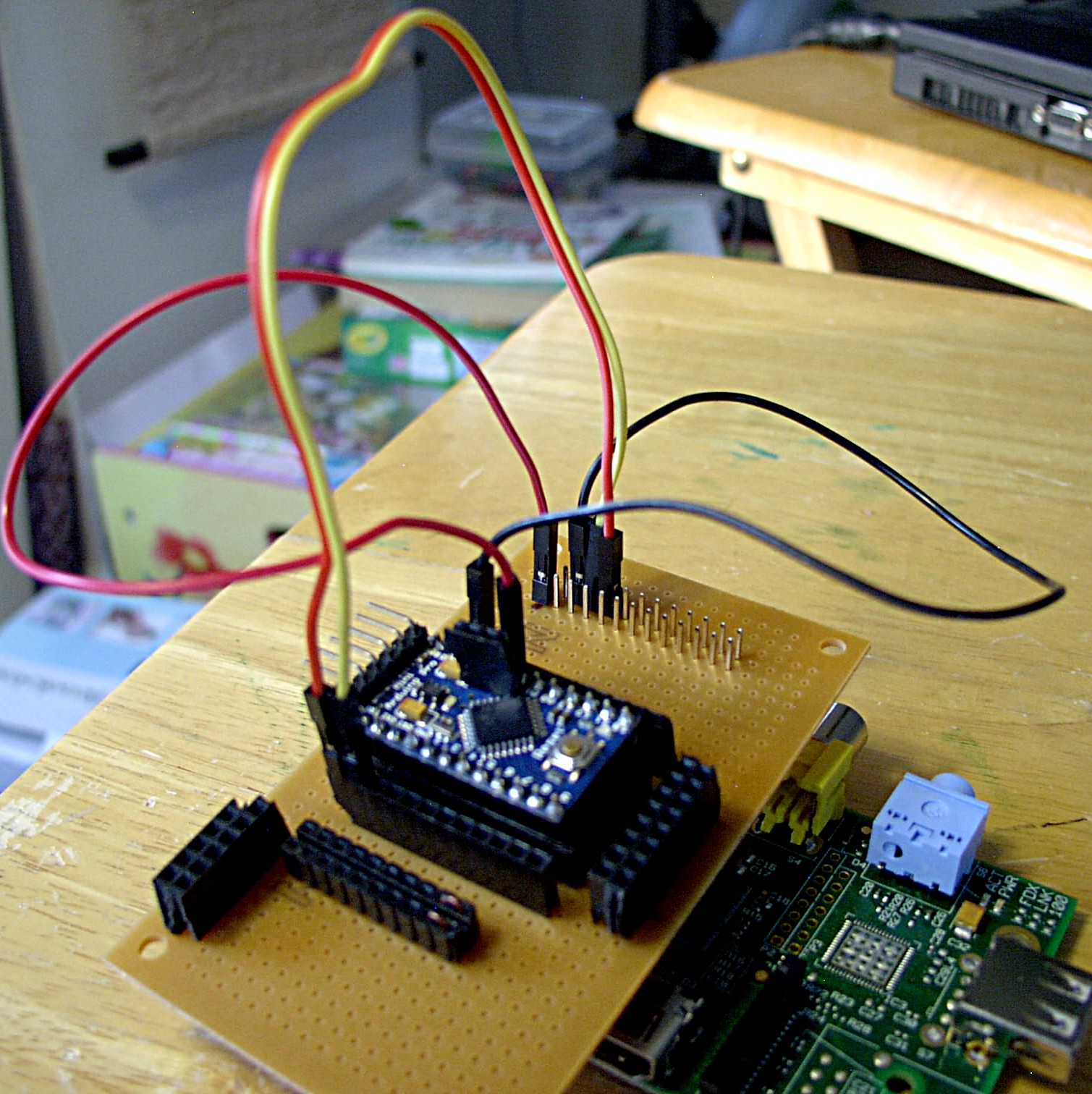

The PIR Sensor used in this project consists of a Pyroelectric Infrared Sensor, BISS0001 PIR Motion Detector IC, Fresnel lens and a few other components.įor connections, the PIR Sensor has three pins namely VCC, DATA and GND.

This is in contrast to active sensors, which perform both the actions (emitting and detection). The term “Passive” in the PIR Sensor means that the sensor will not emit any infrared energy but rather detects infrared radiations emitted by other objects. Hence, they are employed in a variety of applications like Motion Detectors, Security Systems, Intruder Alert and so forth. Since the emitted energy is in the form of infrared radiation, whose wavelength is greater than that of our visible light, we humans cannot see those radiations.īut PIR Sensors are built to detect those infrared radiations. Participation in this event is completely free-of-charge all you have to do is register by following the link below.Passive Infrared Sensors, often referred to as PIR Sensors (also IR Motion Sensors and Pyroelectric Sensors), are Motions Detectors that basically detects the changes in Infrared Radiations emitted by a person.Įvery living and non-living thing which has a temperature greater than absolute zero will emit infrared radiations. Webinar: WunderBar, the Chocolaty IoT Tool for App Development The WunderBar is a new and exciting product fresh from the chocolate factory, so don’t miss out! This month’s webinar will consist of a 30 minute presentation, with an opportunity to pose your WunderBar-related questions to Amin afterwards. Ex-COO at, he is now the maker in residence at relayr.io.

He learned programming and electronics to sense and visualize energy use, then became a professional maker and tinkerer. in Environmental and Resource Management. WunderBar sensors include: light, color, distance, temperature, humidity, remote control (IR), accelerometer, and gyroscope among others.Īmin Zayani holds a BSc. In this webinar, presenter Amin Zayani connects the WunderBar product to the Relayr cloud service and, in a live demonstration, uses the Android API to write a simple Android app for reading a sensor. In collaboration with our long-time partner, element14, the Elektor Academy is excited to announce the latest installment in our series of webinars, which will focus on the WunderBar from Relayr – a new and innovative way to develop apps for the Internet of Things without needing to learn about hardware! It works out-of-the-wrapper, contains 6 Beacons (BLE), sensors, and WIFI, and is dead-simple to program.


 0 kommentar(er)
0 kommentar(er)
